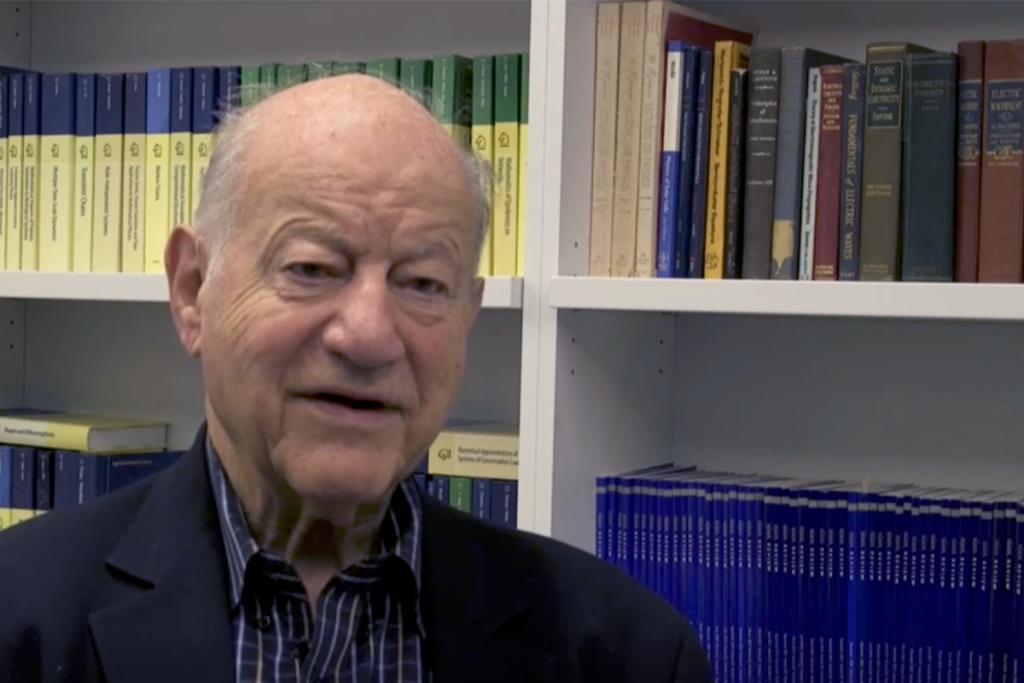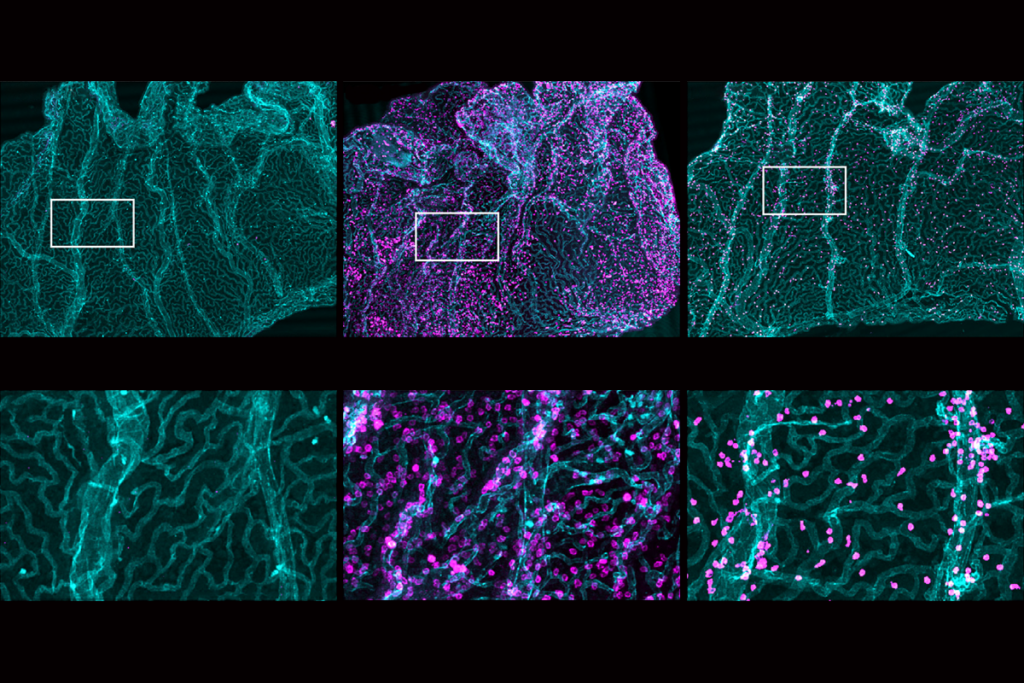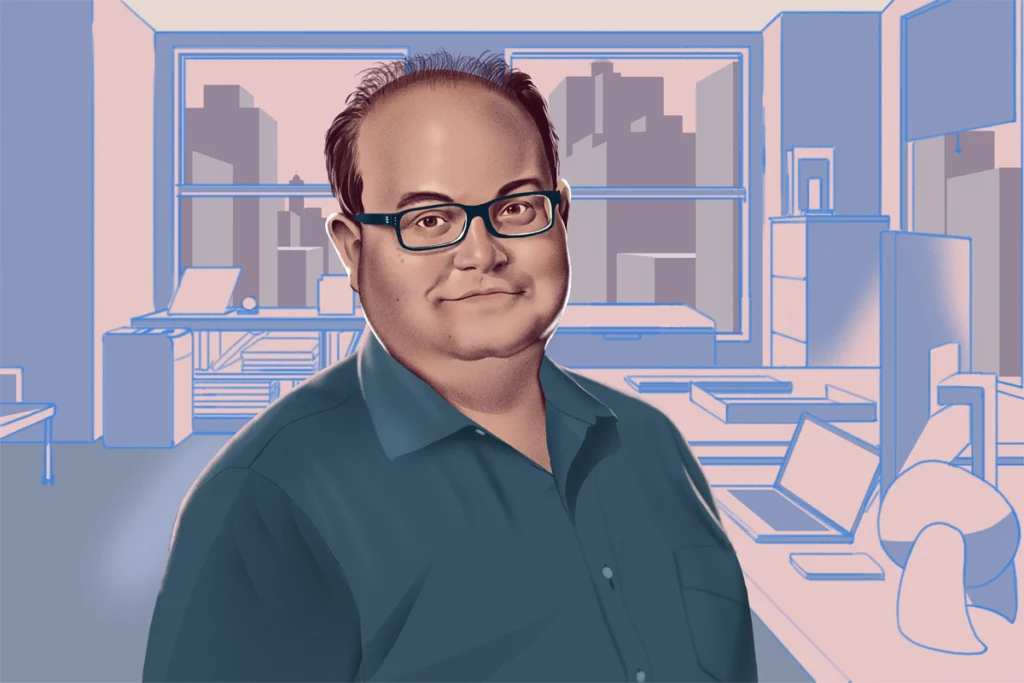Ivan Oransky is editor-in-chief of The Transmitter, having previously served in editorial leadership roles at outlets including Medscape, Reuters Health and Scientific American. He is a distinguished journalist-in-residence at New York University’s Arthur L. Carter Journalism Institute, where he teaches medical journalism, and co-founder of Retraction Watch, which reports on scientific retractions.

Ivan Oransky
Editor-in-chief
The Transmitter
”Our goal for The Transmitter is ambitious but clear. We aspire to become an essential resource for neuroscientists at all career stages, and to help them stay current and build connections.
From this contributor

Neuroscientist Gerry Fischbach, in his own words

Journal retracts paper on plant beauty that cited autism study
Education
- M.D., New York University
- B.A. in biology, Harvard University
Articles
- “An epidemic of scientific fakery threatens to overwhelm publishers” | The Washington Post
- “Rooting out scientific misconduct” | Science
- “Please don’t cite this editorial” | Journal of Clinical Anesthesia
- “The scientific literature can’t save you now” | The Atlantic
- “Taking it back: A pilot study of a rubric measuring retraction notice quality” | Accountability in Research
- “Data sleuths’ work is thankless. They must get credit for retractions” | Times Higher Education
- “Retractions are increasing, but not enough” | Nature
- “How bibliometrics and school rankings reward unreliable science” | The BMJ
- “Institutional research misconduct reports need more credibility” | JAMA
- “Science corrects itself, right? A scandal at Stanford says it doesn’t” | Scientific American
- “Image manipulation in science is suddenly in the news. But these cases are hardly rare” | STAT
- “Reasonable versus unreasonable doubt” | American Scientist
Book chapters
- “Journals, peer review, and preprints,” in “A Tactical Guide to Science Journalism: Lessons From the Front Lines”
- “Retraction Watch: What we’ve learned and how metrics play a role,” in “Gaming the Metrics: Misconduct and Manipulation in Academic Research”
- “Pseudoscience, coming to a peer-reviewed journal near you,” in “Pseudoscience: The Conspiracy Against Science”
- “Will improvements in health journalism improve health literacy?” in “Volume 269: Health Literacy in Clinical Practice and Public Health”
Explore more from The Transmitter
Hessameddin Akhlaghpour outlines how RNA may implement universal computation
Could the brain’s computational abilities extend beyond neural networks to molecular mechanisms? Akhlaghpour describes how natural universal computation may have evolved via RNA mechanisms.
Hessameddin Akhlaghpour outlines how RNA may implement universal computation
Could the brain’s computational abilities extend beyond neural networks to molecular mechanisms? Akhlaghpour describes how natural universal computation may have evolved via RNA mechanisms.
Immune cell interlopers breach—and repair—brain barrier in mice
The choroid plexus, the protective network of blood vessels and epithelial cells that line the brain’s ventricles, recruits neutrophils and macrophages during inflammation, a new study shows.

Immune cell interlopers breach—and repair—brain barrier in mice
The choroid plexus, the protective network of blood vessels and epithelial cells that line the brain’s ventricles, recruits neutrophils and macrophages during inflammation, a new study shows.
Grace Hwang and Joe Monaco discuss the future of NeuroAI
Hwang and Monaco organized a recent workshop to hear from leaders in the field about how best to integrate NeuroAI research into the BRAIN Initiative.
Grace Hwang and Joe Monaco discuss the future of NeuroAI
Hwang and Monaco organized a recent workshop to hear from leaders in the field about how best to integrate NeuroAI research into the BRAIN Initiative.

